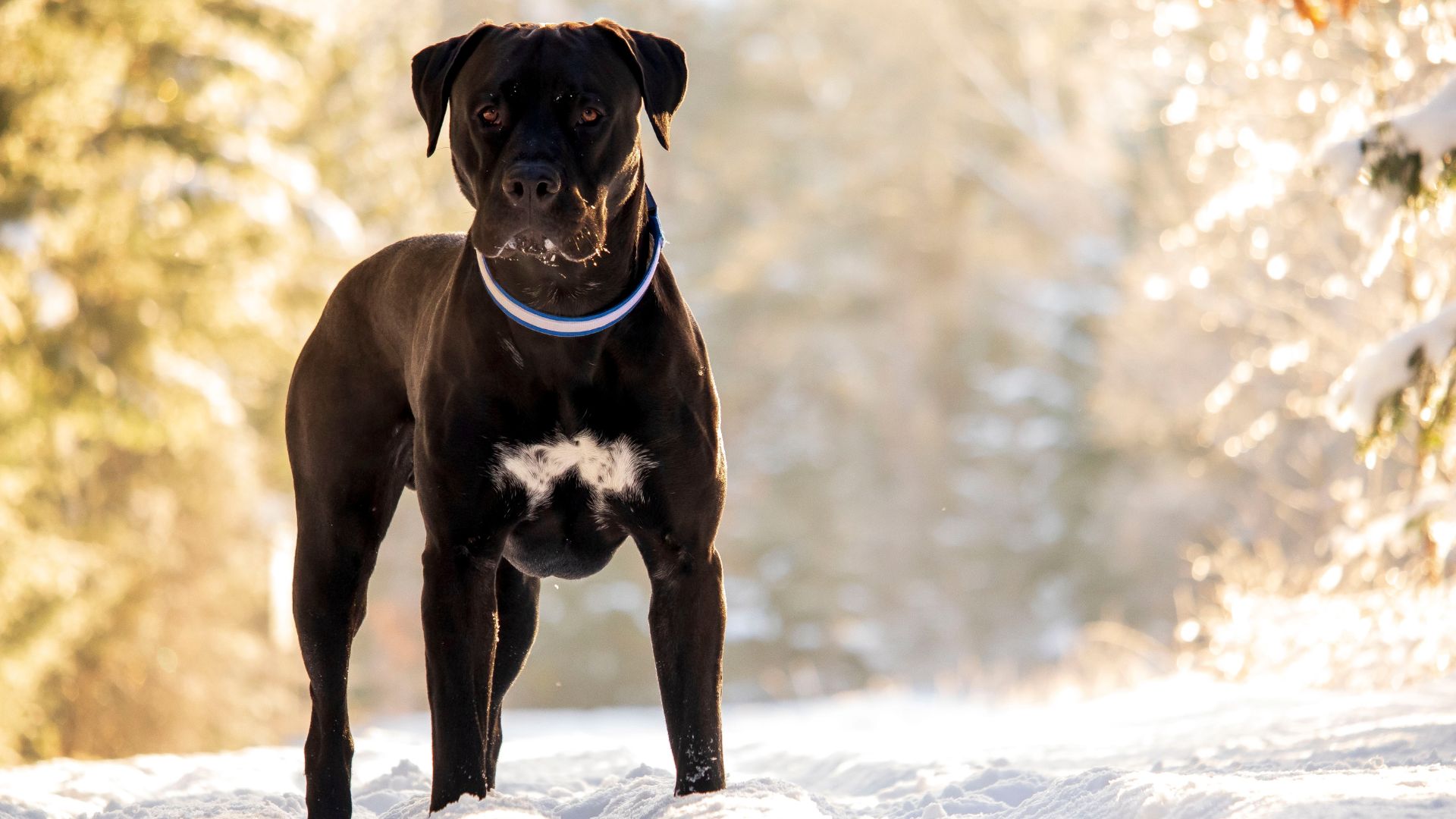While dogs are often considered as man’s best friend, not every breed is suitable for a domestic environment.
Some dogs are bred for specific tasks that make them challenging as household pets. This list explores dog breeds that experts advise against keeping as pets due to factors like temperament, size, and the need for experienced handling.
1. Caucasian Shepherd
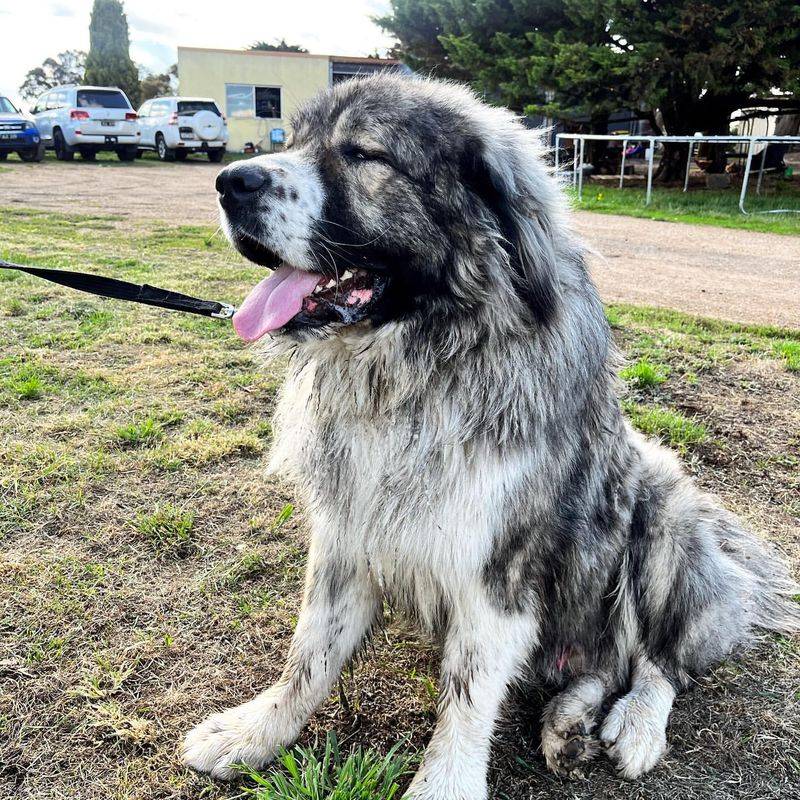
The Caucasian Shepherd is a formidable breed, originally bred to protect livestock from predators in the Caucasus Mountain region. With its massive size and thick, dense coat, it can be quite a sight to behold. These dogs are known for their fearless nature and possess an independent streak.
As natural protectors, they can be overly suspicious of strangers and require an owner who can assert control effectively. Their protective instincts make them excellent guardians, but this also means they need continuous socialization from an early age to prevent aggressive tendencies.
Training should be handled with firmness, consistency, and patience, as they are known to be stubborn. Due to their immense size and strength, they are not suitable for novice dog owners. If not provided with adequate mental and physical stimulation, they can become bored and destructive.
A large, secured space is necessary for them to roam and exercise. Proper grooming is also essential to maintain their coat. Overall, the Caucasian Shepherd requires an experienced handler who understands the breed’s unique needs and challenges.
2. Wolfdog Hybrids
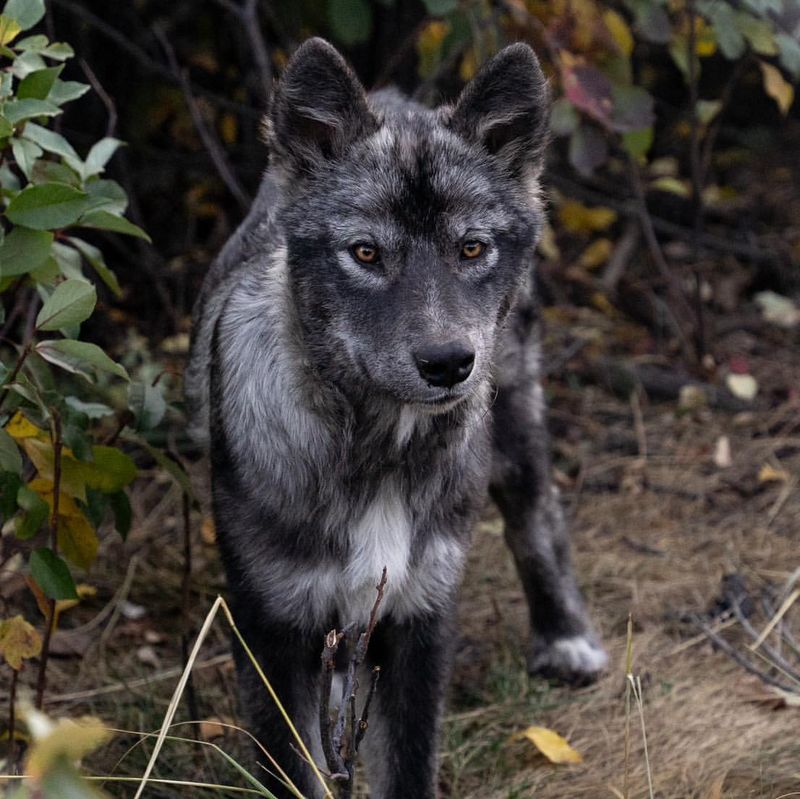
Wolfdog hybrids are a unique mix of domestic dogs and wolves, resulting in a fascinating yet challenging breed. These animals inherit the wild instincts of wolves, which makes them unpredictable and difficult to manage. While they may look appealing with their wolf-like appearance, potential owners must understand the complexities involved in owning such a creature.
Due to their mixed heritage, wolfdogs often exhibit behaviors that are not typical of domestic dogs, such as a high prey drive and territorial instincts. They require a vast amount of space to roam and are not suited for urban living.
Training a wolfdog hybrid demands patience, expertise, and a deep understanding of both canine and wolf behavior. Socialization is crucial from a young age to minimize aggressive tendencies, but even with proper training, their unpredictable nature can pose a risk.
It’s important to research local laws, as many areas have restrictions or bans on owning wolfdog hybrids. Owning a wolfdog is a full-time commitment that requires significant resources and time, often necessitating special permits and enclosures to ensure safety.
3. Chow Chow
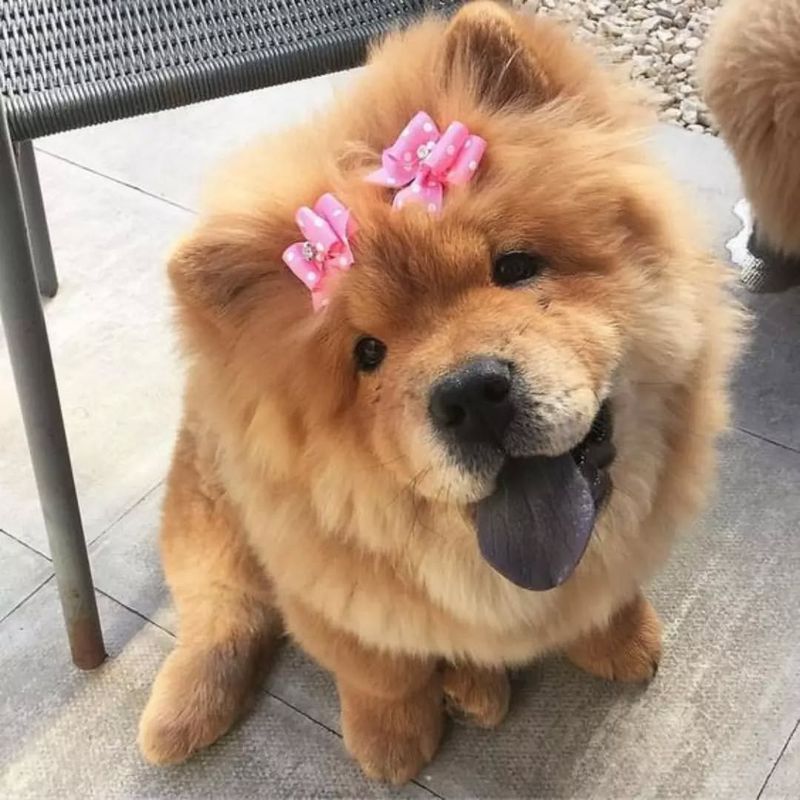
Chow Chows are ancient dogs known for their distinctive lion-like mane and aloof demeanor. Originating from China, they were initially bred for hunting and guarding, which contributes to their independent nature. While their fluffy appearance can be endearing, they are not the cuddly companions one might expect.
These dogs are known for their strong-willed personality and can be quite reserved, making early socialization vital to ensure they are well-adjusted around people and other animals. They have a tendency to be territorial and can be aggressive if not properly trained, requiring firm and consistent handling.
Chows are not overly affectionate, and their independent nature can be mistaken for stubbornness. Regular grooming is necessary to maintain their thick coat, and they thrive best in a calm environment without too much noise and chaos. They are best suited for experienced dog owners who understand their unique temperament and can provide a structured environment.
4. Fila Brasileiro
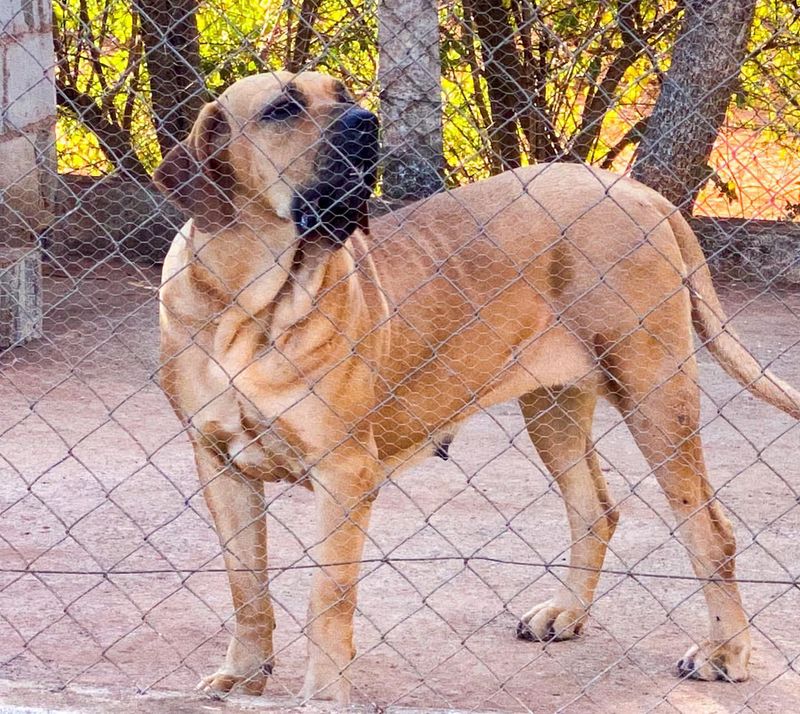
The Fila Brasileiro, also known as the Brazilian Mastiff, is a breed renowned for its loyalty and protective instincts. Originally developed to work on large estates and cattle farms in Brazil, these dogs are known for their ability to track and hold livestock, as well as their unwavering loyalty to their families.
However, their protective nature comes with a tendency to be wary of strangers, which can make them aggressive if not properly socialized. Filas are highly intelligent, but they require a firm and experienced owner who can provide consistent training and guidance.
Their size and strength mean they are not suited for novice dog owners. With their natural guarding instincts, they need space to roam and are not ideal for urban living. It’s crucial to start training at an early age to manage their territorial behavior.
Potential owners must be committed to ongoing socialization and training to ensure they remain well-mannered family members. Due to their challenging nature, Filas are often subject to breed-specific legislation in various regions.
5. Dogo Argentino
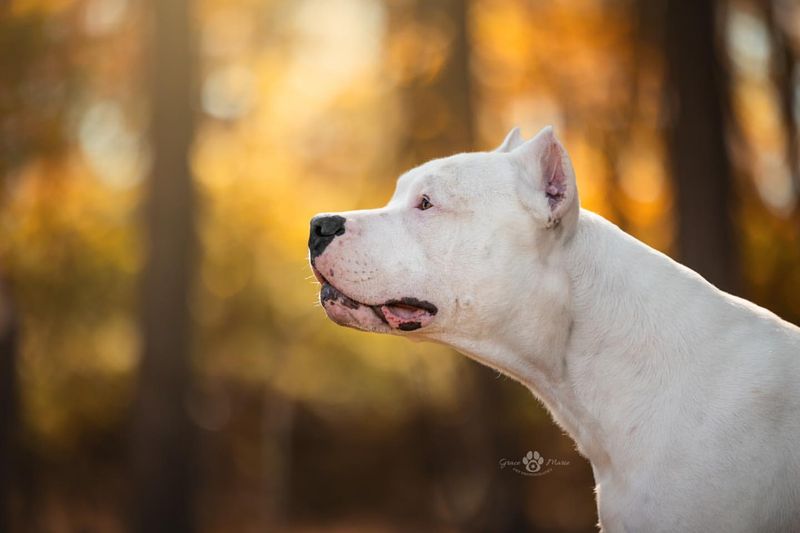
The Dogo Argentino is a powerful breed originating from Argentina, initially bred for big game hunting, including wild boar and puma. With its muscular build and striking white coat, this breed is both imposing and elegant.
Known for their bravery and keen intelligence, Dogos are protective of their families and can be formidable guardians. While they are affectionate with their owners, their strong prey drive and dominant personality require an experienced handler.
Early socialization and obedience training are key to ensuring they adapt well to family life. Dogos need plenty of physical exercise and mental stimulation to prevent boredom and destructive behavior. Due to their strength and assertiveness, they are not recommended for first-time dog owners or households with small children.
The Dogo Argentino thrives in environments where they have space to explore and engage in regular, vigorous activity. Prospective owners must be prepared for the commitment to training and understanding the breed’s complex nature. They are subject to breed-specific legislation in some areas, so checking local laws is essential before considering ownership.
6. Tosa Inu
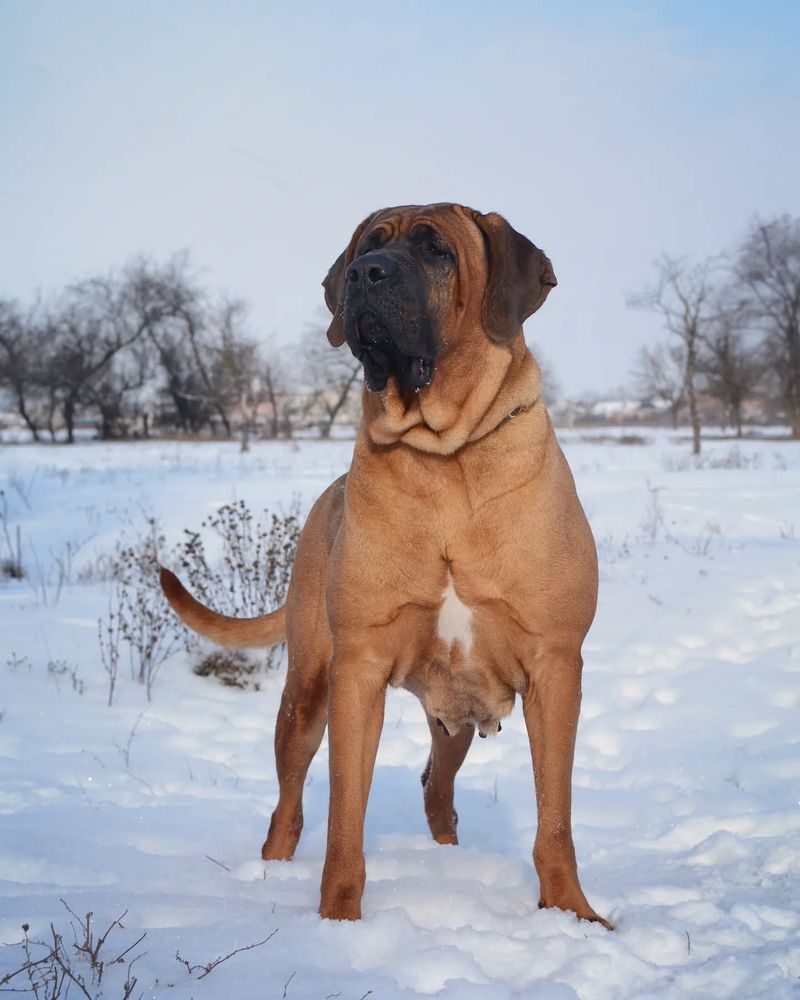
The Tosa Inu, or Japanese Mastiff, was originally bred for dog fighting in Japan, a practice that has shaped its temperament and physical characteristics. These large, powerful dogs are known for their calm yet vigilant demeanor, often showing immense loyalty to their families.
Despite their fighting origins, Tosas can be gentle giants when properly trained and socialized. However, their size and strength demand a confident and experienced owner who can establish themselves as the leader.
Early socialization is crucial to curb any aggressive tendencies and to ensure they interact well with other dogs and people. Owning a Tosa requires understanding of their history and needs, including the necessity for regular exercise and mental challenges.
They are best suited for homes with ample space and a secure yard. Tosas are often subject to breed-specific bans or regulations, and potential owners should be aware of the legal aspects involved. Their dignified presence and loyalty make them rewarding companions for those able to meet their demanding requirements.
7. Presa Canario
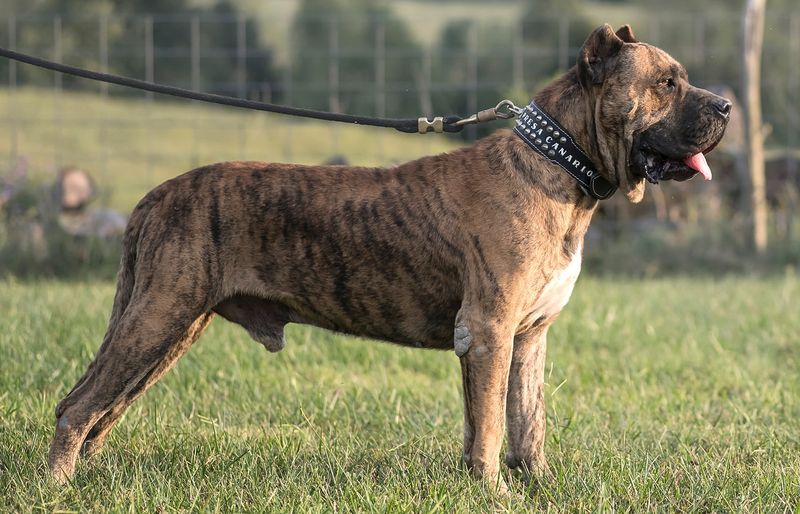
The Presa Canario is a large, powerful breed that originated in the Canary Islands, where it was traditionally used for herding cattle and guarding property. With their robust build and assertive nature, these dogs are known for their protective instincts and confidence.
While they can be loyal and affectionate with their family, Presa Canarios require consistent training and socialization from an early age to prevent aggressive behaviors. Their dominant personality means they need a firm and experienced handler who can provide clear leadership and boundaries.
This breed thrives in environments with plenty of space for exercise and exploration. Urban living may not be ideal due to their size and energy levels. Regular mental and physical stimulation is essential to keep them engaged and prevent destructive behavior.
Responsible owners should be aware of breed-specific legislation that may affect their ability to own a Presa Canario. These dogs are best suited for individuals familiar with strong, assertive breeds and who can dedicate time to their training and care.
8. Alaskan Malamute
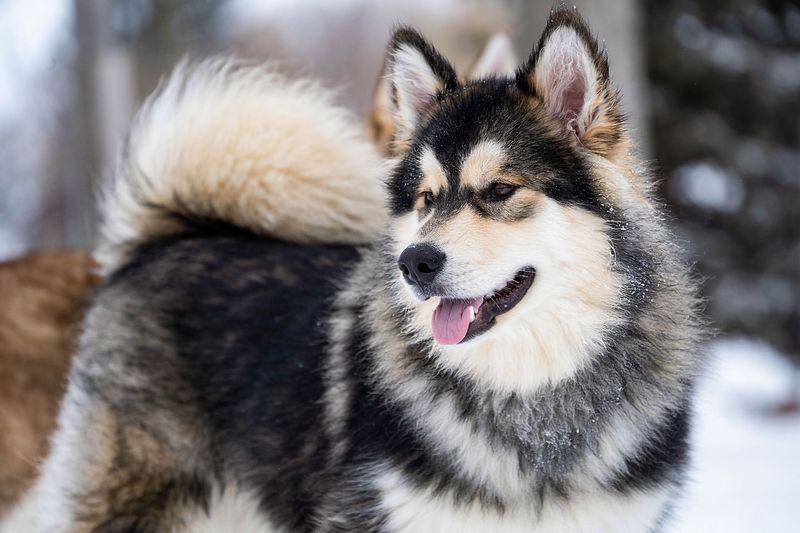
The Alaskan Malamute is a majestic and powerful breed, known for its endurance and strength, which were essential for its original role as a sled dog in the harsh Alaskan environment. With their thick fur and wolf-like appearance, Malamutes are both beautiful and resilient.
However, their strong-willed and independent nature can pose challenges for inexperienced dog owners. They require a great deal of physical exercise and mental stimulation, making them unsuitable for small living spaces or sedentary lifestyles.
Malamutes are known for their vocal nature and can be quite the howlers. Training requires patience and consistency, as they have a tendency to be stubborn. They are generally friendly with people but can be aggressive towards other animals without proper socialization. Due to their high prey drive, care should be taken when introducing them to smaller pets.
Owners must be prepared for regular grooming to manage their dense coats and should understand the commitment required to keep a Malamute healthy and happy.
9. Akita
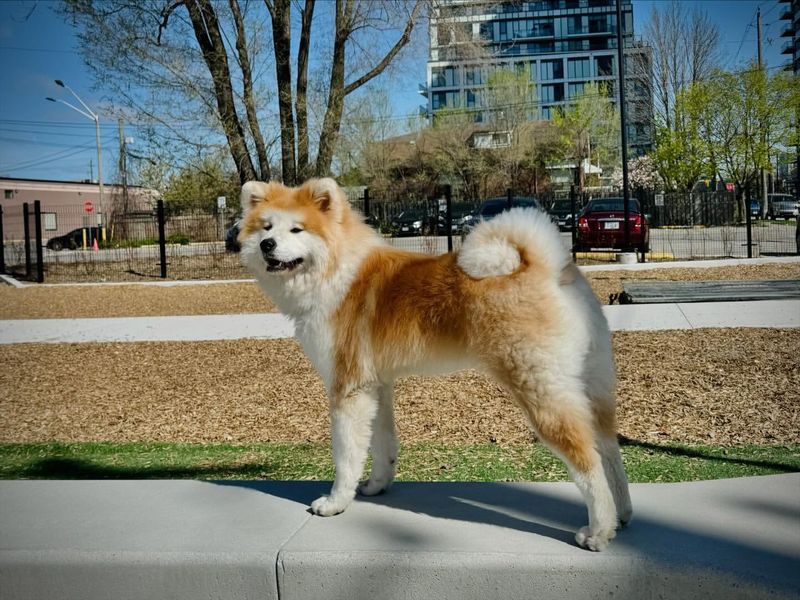
The Akita is a dignified and noble breed with a rich history in Japan, where it was used for hunting and as a guard dog. Known for their loyalty and courage, Akitas are strikingly beautiful animals with a distinct appearance, including a thick, double coat and curled tail.
While they are known for their devotion to their families, Akitas can be aloof and wary of strangers. Early socialization is essential to ensure they are well-adjusted and non-aggressive. Training should focus on positive reinforcement and patience, as Akitas can be independent and stubborn.
Akitas require regular exercise and mental challenges to prevent boredom. They are best suited for homes with ample space and a secure environment. Due to their reserved nature, they may not be suitable for families with small children or other pets.
Prospective owners should be aware of breed-specific regulations and be prepared to invest time in training and socialization to bring out the best in this magnificent breed.
10. American Bandogge
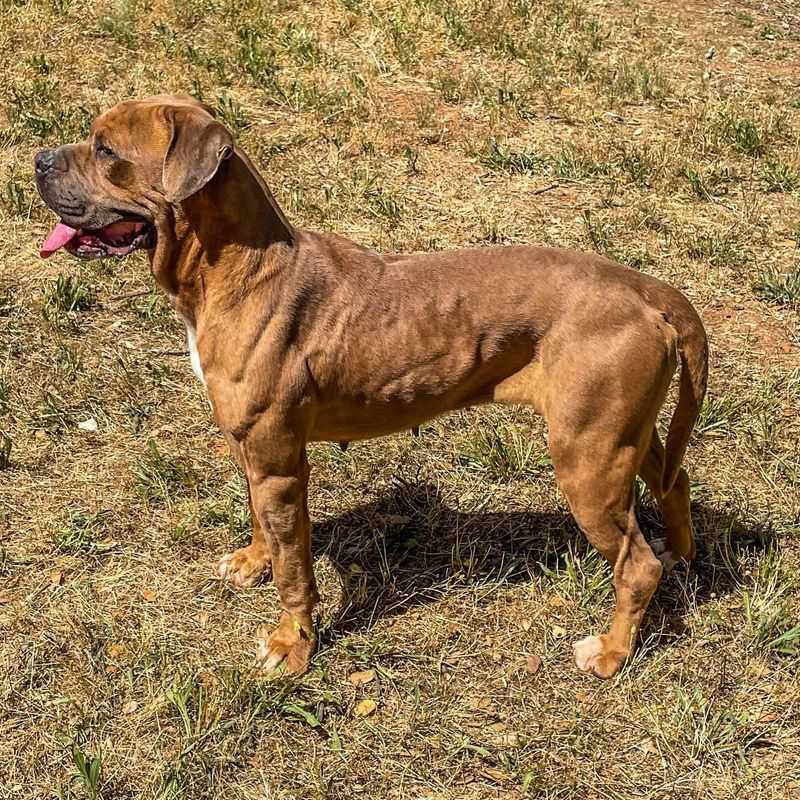
The American Bandogge is a hybrid breed resulting from crossing various mastiff-type dogs. Known for their strength and imposing presence, Bandogges have been traditionally used as guard dogs, making them highly protective and loyal to their families.
This breed requires experienced ownership, as their guarding instincts can lead to aggressive behaviors if not properly managed. Early socialization and consistent training are crucial to ensure they develop into well-behaved companions.
Bandogges need clear leadership and boundaries, and their owners must be confident and assertive. They thrive in environments with plenty of space and are not suited for apartment living. Regular physical exercise and mental stimulation are essential to keep them engaged.
Due to their formidable nature, they are often subject to breed-specific legislation, and potential owners should be aware of any legal requirements. The American Bandogge can be a rewarding companion for those who understand the breed’s needs and can provide a structured and loving home.
11. Rottweiler
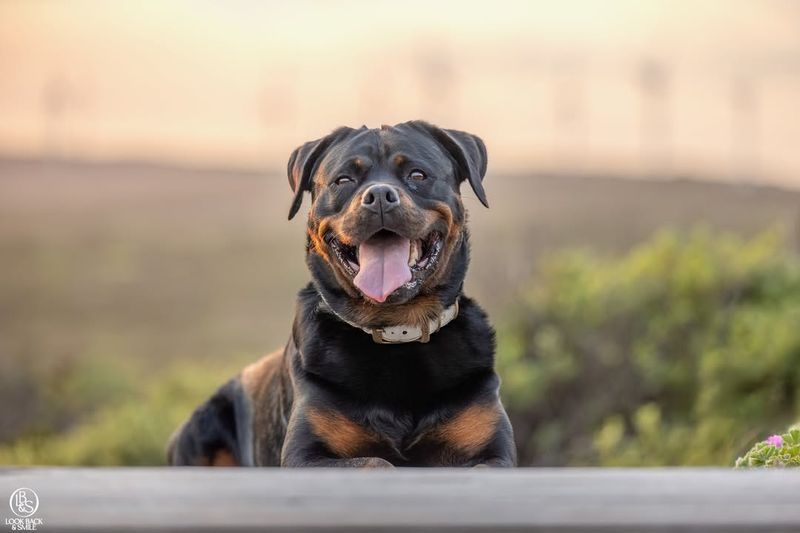
Rottweilers are a popular breed known for their strength, loyalty, and protective instincts. Originally bred to herd cattle and pull carts, these dogs have a muscular build and a confident demeanor. While they can be loving family pets, their powerful nature requires responsible ownership.
Rottweilers are known for their intelligence, which makes them highly trainable, but they also need a firm and consistent hand in training. Without proper guidance, Rottweilers can exhibit aggressive behaviors, especially towards strangers.
Early socialization is crucial to ensure they are well-adjusted and friendly. They require regular exercise to maintain their physical and mental health, and they thrive in environments where they have room to move and explore.
Due to their protective instincts, they can be territorial, so clear boundaries and leadership are essential. Potential owners should be aware of breed-specific legislation and be prepared to invest time in training and socialization to bring out the best in this loyal and powerful breed.
12. Boerboel
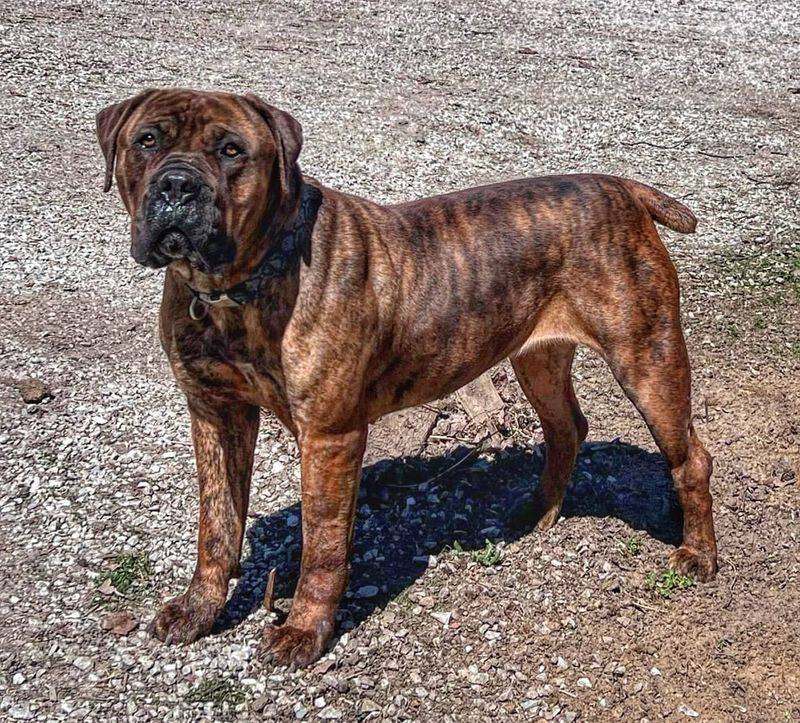
The Boerboel is a formidable South African breed known for its strength and protective instincts. Originally developed as a farm dog to guard homesteads, they are known for their loyalty and courage. With their muscular build and large size, Boerboels are impressive animals.
They require an experienced owner who can provide firm and consistent training. Early socialization is key to managing their territorial nature and ensuring they are well-adjusted around other animals and people. Boerboels need regular exercise and mental stimulation to prevent boredom and destructive behavior.
Owning a Boerboel means being prepared for the commitment to their training and understanding the breed’s needs. They thrive in spacious environments where they can exercise freely. Breed-specific legislation may apply, so potential owners should research local laws. The Boerboel can be a devoted and protective family companion for those who have the experience and dedication to meet their demands.

